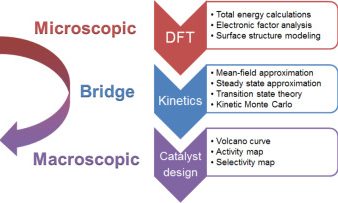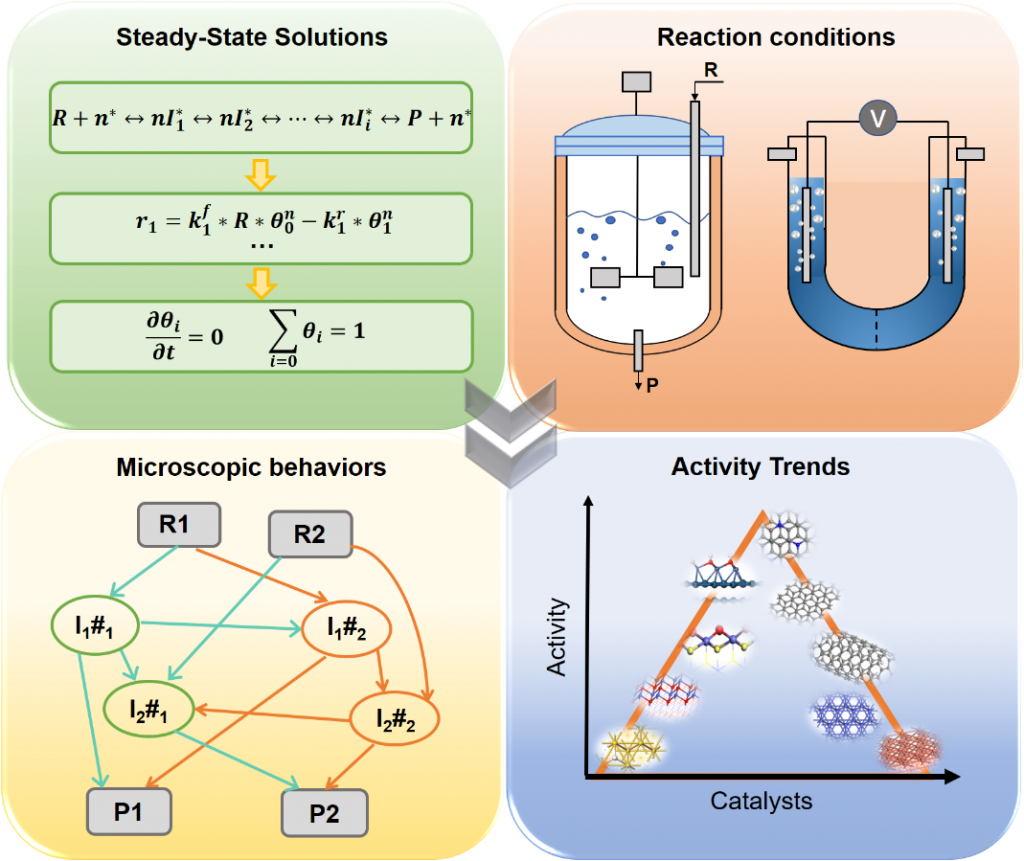As a core technology, catalysis has made great contributions to many aspects such as ammonia synthesis, environmental protection, chemical production, petroleum processing, efficient utilization of energy and resources, etc. The purpose of the present and future research on catalysis is to understand the nature of catalysis at the atomic and molecular level in order to design more economical and efficient catalysts.
Thanks to the development of computer technology, computational catalysis based on Density Functional Theory (DFT) can establish a bridge between catalytic theory and catalytic practice, and solve some practical problems in catalytic research. In addition, it can also reduce the repetitive labor in catalytic research, thereby reducing the consumption of manpower and financial resources.
Firstly, DFT calculations have become a powerful tool to investigate catalytic processes. The binding energies of intermediates, reaction barriers, surface structures, and so on can be routinely obtained with reasonable accuracy. However, some challenges still remain, such as the ab initio simulation of liquid–solid interfaces and proper consideration of the inherent errors in DFT. Secondly, with the necessary energies obtained by DFT calculations, kinetic analysis has been increasingly used to assess the performance of catalysts and determine the key rate-limiting factor. In short, the kinetics serves as a bridge between the macroscopic behavior of catalysts and the microscopic reaction pathways.

Microkinetic modeling is an effective method to analyze complex catalytic reaction networks and is gaining increasing popularity in the catalytic activity evaluation and rational design of heterogeneous catalysts. As a bridge connecting the microscopic behaviors with macroscopic properties, the microkinetic analysis can solve the steady-state coverages and reaction rates for a wide range of heterogeneous catalytic systems, providing additionally a thorough understanding of the species involved and the activity trends among different catalysts. In this context, the CATKINAS package, as a versatile and user-friendly kinetic tool, is developed by our group. CATKINAS package now includes more than hundreds of subroutines and ten thousand lines of code used for efficiently solving, analyzing, and visualizing the complicated microkinetic properties of various catalytic systems.


